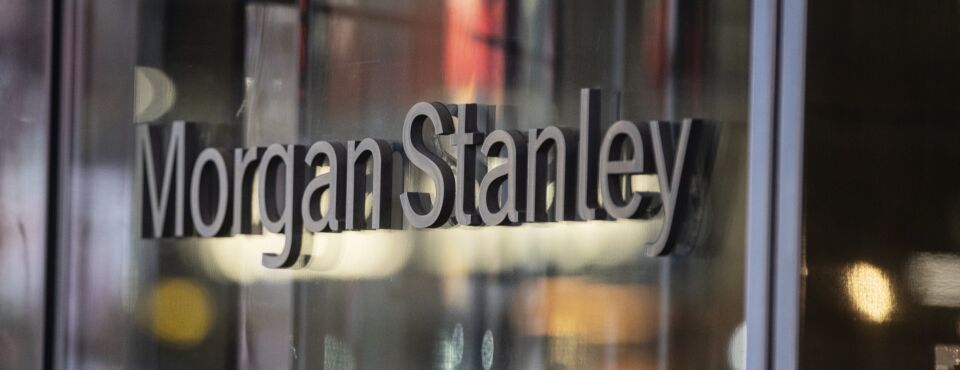This post was originally published on TKer.co
The U.S. economy is closely related to the U.S. stock market. But that relationship is not perfect in a number of ways.
An important way the two differ is international exposure.
According to FactSet, S&P 500 companies1 generate around 40% of revenue outside of the U.S.2 That means these companies are significantly dependent on the health of the international economies in which they operate. They employ abroad, source goods abroad, and sell abroad.
This is not to say the U.S. economy is totally decoupled from the rest of the world: Annual exports account for $3 trillion of the $25 trillion worth of U.S. GDP.
While dollar strength may be good news for U.S. importers and American vacationers traveling abroad, it’s bad news for everyone else watching their own currencies lose purchasing power in the international markets.
All of this raises doubt about analysts’ current forecasts for earnings growth, which appear at risk of getting revised down further. This is a big deal because, as TKer readers know, earnings are the most important driver of stock prices over the long run.
For investors and traders, the key question is what’s priced into the markets. The strong dollar and economic weakness abroad are known stories that have weighed on markets for a while. So, while these are clear headwinds, it’s very possible to see markets climb as analysts factor in the deteriorating macro backdrop into their earnings forecasts.
More from TKer:
Reviewing the macro crosscurrents 🔀
There were a few notable datapoints from last week to consider:
-
🎈 Inflation is still high. The consumer price index climbed 0.1% month over month in August, unexpectedly accelerating from 0.0% in July. Economists had expected the metric to decline 0.1% amid falling energy prices. While energy prices indeed fell during the period (gasoline prices tumbled 10.6%), prices for food and shelter remained hot, rising 0.8% and 0.7%, respectively. Excluding food and energy prices — which tend to be more volatile in the short run — core CPI growth unexpectedly accelerated to 0.6% in August from 0.3% in July. On a year-over-year basis, CPI was up 8.3% (hotter than expected), and core CPI was up 6.3% (also hotter than expected).
Putting it all together 🤔
Retail sales and manufacturing activity data confirm that the economy continues to cool. Meanwhile, inventory levels continue to rise, suggesting supply chains constraints continue to ease.
The strong labor market — marked by low layoff activity — continues to put money in consumers’ pockets, preventing the bottom from falling out of consumer spending. Unfortunately, the strong consumer is part of the reason why inflation has been high.
Indeed, while some price indicators have been easing, inflation remains troublingly high. And so financial markets remain volatile as the Fed increasingly tightens financial conditions in its effort to cool prices. As such, recession risks linger and analysts have been trimming their forecasts for earnings. For now, all of this makes for a conundrum for the stock market until we get “compelling evidence” that inflation is indeed under control.
This post was originally published on TKer.co
Sam Ro is the author of TKer.co. Follow him on Twitter at @SamRo
Click here for the latest stock market news and in-depth analysis, including events that move stocks
Read the latest financial and business news from Yahoo Finance
Download the Yahoo Finance app for Apple or Android
Follow Yahoo Finance on Twitter, Facebook, Instagram, Flipboard, LinkedIn, and YouTube
Source: finance.yahoo.com







